5 Brilliant Ways in Which NRIs Are Helping People in Rural India with Just a Few Phone Calls!
Who says you cannot serve your country from far away? A group of NRIs is using technology to help people in rural India very effectively. From water scarcity to lack of electricity – they are busy solving these problems from thousands of miles away.
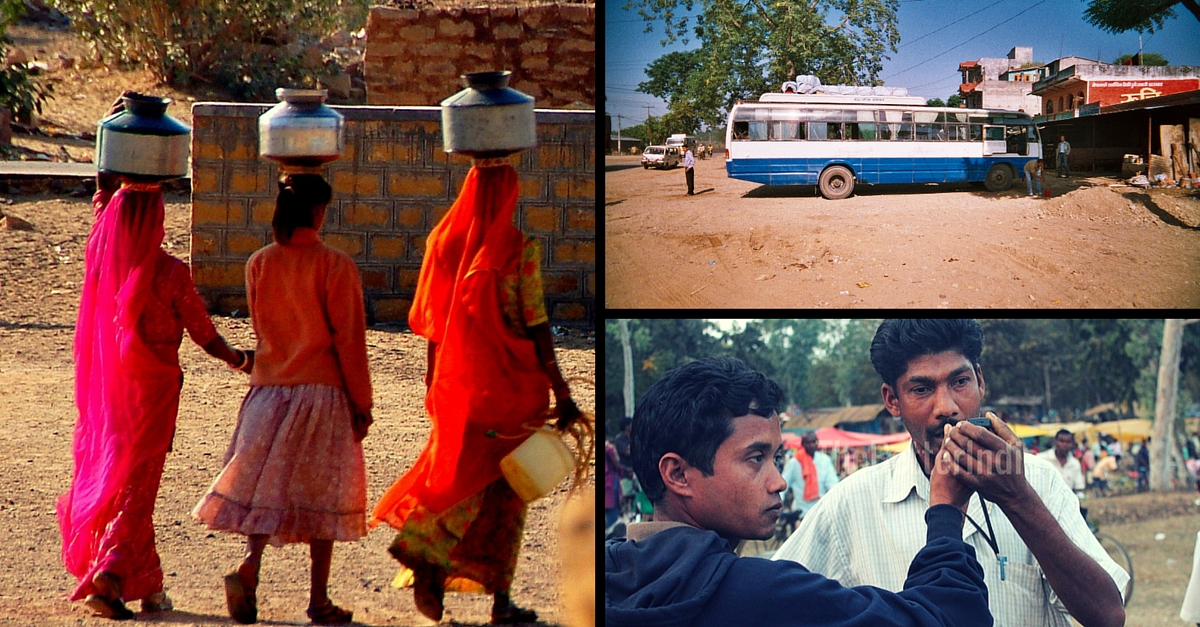
Who says you cannot serve your country from far away? A group of NRIs is using technology to help people in rural India very effectively. From water scarcity to lack of electricity – they are busy solving these problems from thousands of miles away.
‘One phone call a day to keep problems away’ is the basic mantra with which Suresh Ediga, an NRI living in New York, has been working for people in rural India. It was four years ago that Suresh came to know about CGNet Swara, a voice-based news portal, operational in Adivasi areas of states like Maharashtra, Madhya Pradesh, Chhattisgarh, Jharkhand, Odisha, Telangana, Rajasthan, and Gujarat.
CGNet Swara is basically a platform where people can report or listen to news on local issues by dialling a number. All the recorded messages are translated into Hindi and English and published on the website, where journalists, NGOs and other organisations can listen to them and help resolve the problems.
Immediately after going through the website some years ago, Suresh decided to help. He would take one issue every week, call up the concerned authorities in India, and would keep calling until some action was taken.
After a few years of doing this, he decided to get more people on board so the impact could be larger. Today, he leads a group of 12 NRIs who meet online once every week, discuss and decide which issues they will take up, and make all the necessary calls.
He calls the group C-Cube — Calling Club for CGNet Swara.
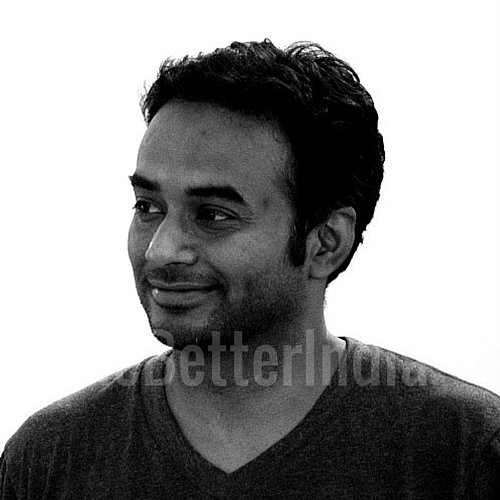
“It takes about a week or two of follow-ups. We call local MLAs, district collectors, or any other person who can help,” says Suresh.
Here are the many ways in which this group has helped create change in rural India, while sitting far, far away:
1. When a village in Chhattisgarh got electricity
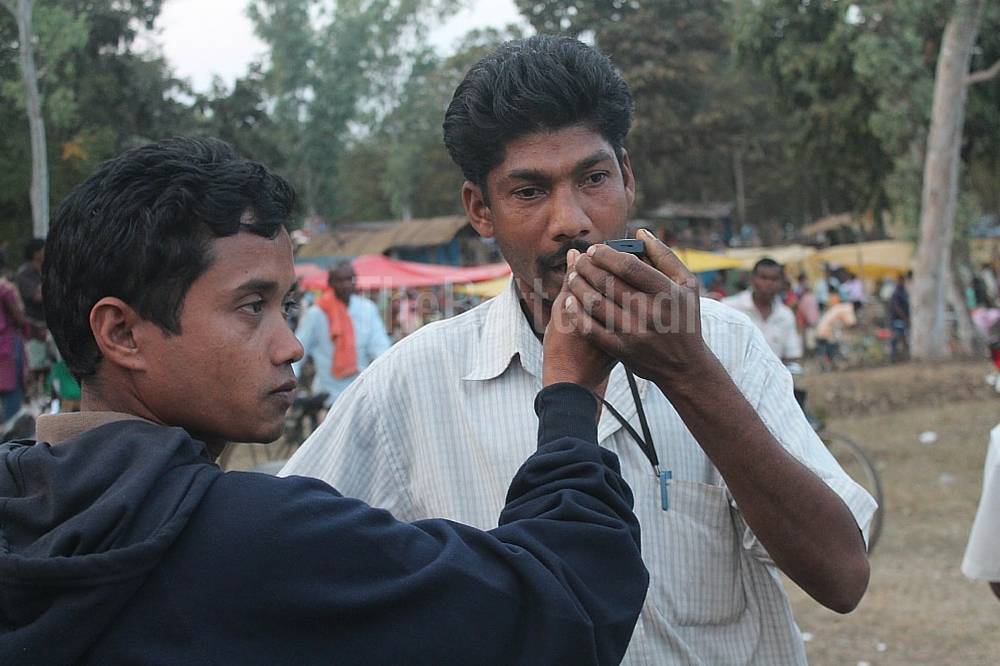
Picture for representation only.
Bhola Gupta is a resident of Govindpur village located in Surajpur district of Chhattisgarh. In September 2015, he called up CGNet Swara to report that the village had no electricity for the last three months because the transformer was burnt. No action was taken even after the villagers talked to the sarpanch about it. Moreover, they were still getting their electricity bills. He provided the contact details for the concerned authorities from the electricity department and for the sarpanch.
On coming across this call, Suresh spoke to the executive engineer at the electricity department and requested him to help fix the transformer. Initially, the engineer told him they would be able to take action only after two days because of some ongoing holidays. Suresh pleaded, knowing that the villagers had been in darkness for a long time now.
“He asked me if I was from Surajpur district and if that is why I was interested… I hesitantly said yes…and he agreed to take a look,” remembers Suresh.
Finally, after a week of follow-up calls, the transformer was repaired. Suresh spoke to Bhola Gupta also to ensure that they had electricity.
2. When 2,000 people got access to safe drinking water
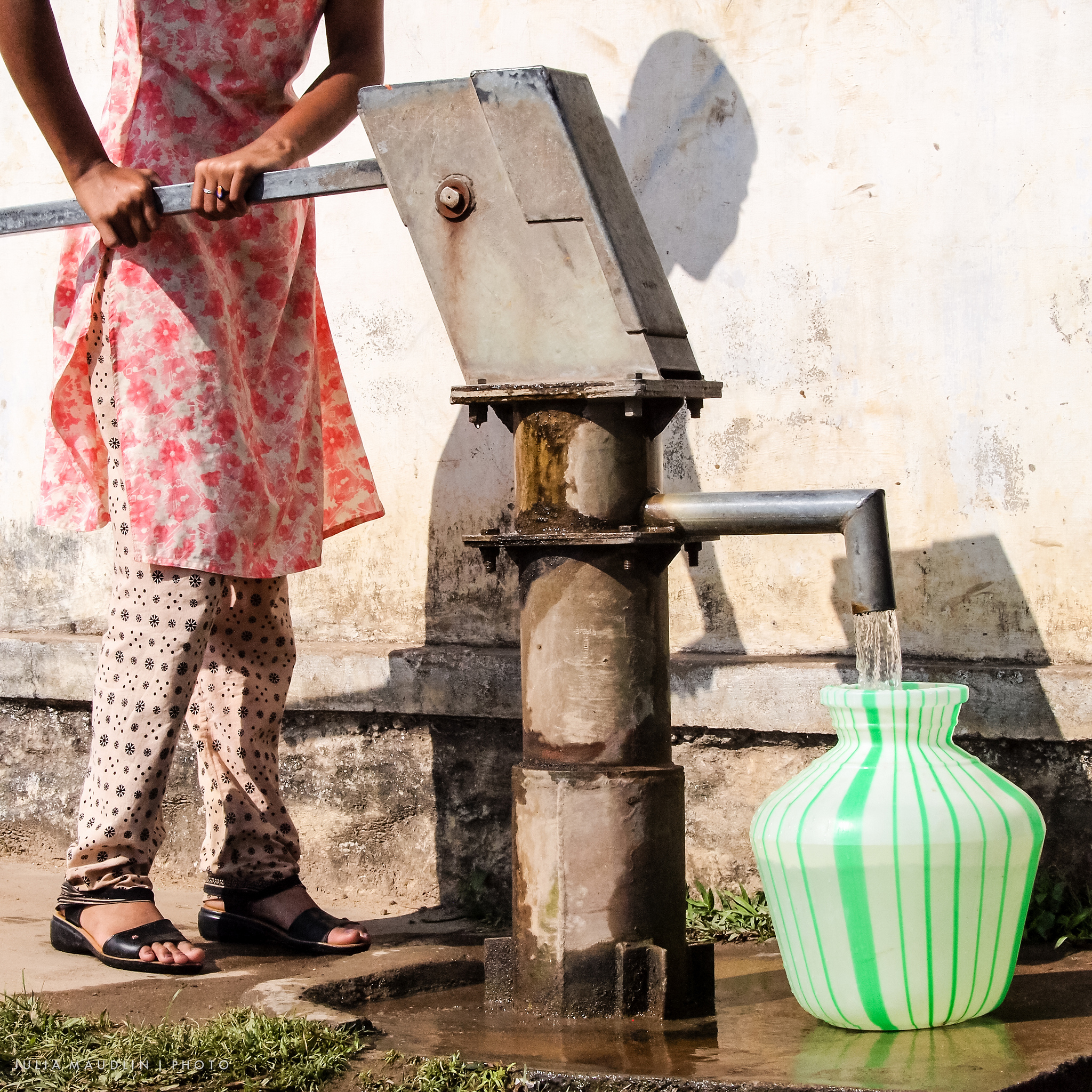
Picture for representation only. Source: Julia Maudlin/Flickr
A villager from Ghughri block of Mandla district in Madhya Pradesh reported that 4 out of 10 hand pumps in his block had stopped working. Suresh called the district collector of the area, but no action was taken. Fortunately, the District Collector of Gwalior is his friend. So he called him up and informed him about the issue. Thanks to the sincere collector, and a very timely phone call, the hand pumps were repaired in just a few days, providing safe drinking water to about 2,000 people in the area.
3. When a village got its own bus service for the first time in years

Picture for representation only. Source: philippe leroyer/Flickr
Sagar Pedamidisileru, a resident of Khammam district in Telangana, had to walk for 30-40 minutes every day to reach the nearest town of Bhadrachalam. A tar road connected his village to the town, but there was no bus connectivity. People had to take auto rickshaws and these were not easily available. In February 2013, Sagar reported this issue on CGNet.
Suresh called Venkateswara Babu, the Depot Manager of Andhra Pradesh State Road Transport Corporation in Badhrachalam. But he didn’t take the call seriously; it required multiple follow-ups with the officials before they finally asked for a written request. But even that didn’t help. When no action was taken for about 10 months, Suresh posted a Facebook status about this case. Ali Hussaini, one of his friends from Hyderabad, saw the post and got on board. He had a lot of experience in dealing with civic issues and he used his knowledge to send emails to the Depot Manager, Public Relations Officer of Road Transport Corporation, and other officials. After another round of phone calls to these people, the Regional Manager finally gave a green signal to start the bus service. On January 20, 2014, the village got its first bus.
4. When Baiga Adivasis received their pensions
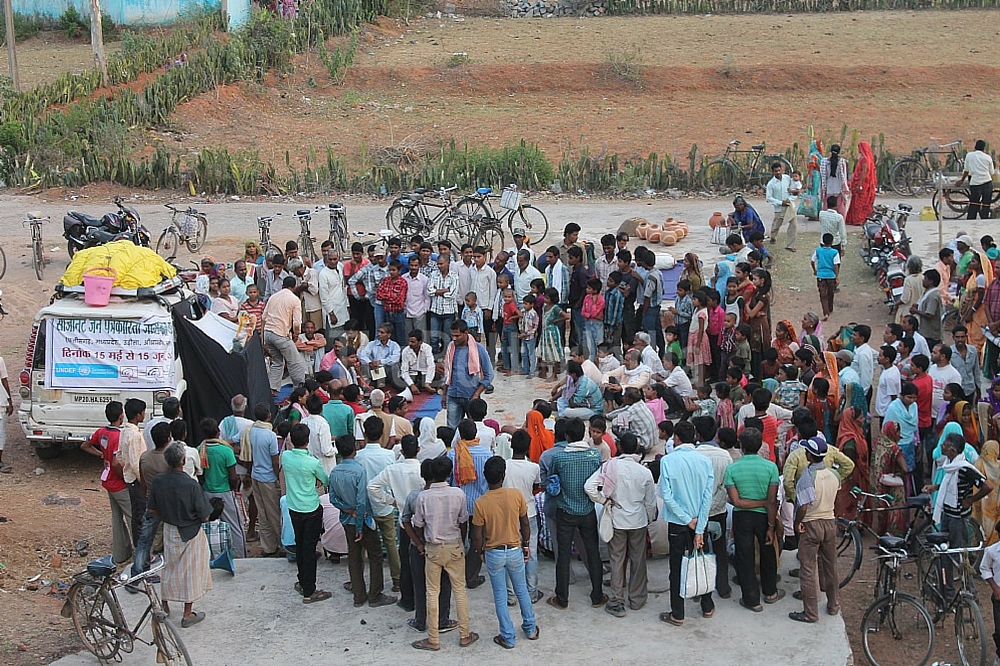
Three people belonging to the Baiga Adivasi community were not getting their pensions for months. The amount was a meagre Rs. 250 each. But even for that, they had to bribe the officers involved and keep visiting their offices. In April 2013, when Suresh called up the Pension Officer to know more about the situation, he found that the particular officer had been transferred.
“It took a few calls but the problem was resolved when I finally spoke to the Collector. At that time I realised how grave the situation was in these places. Those people, including women, had to leave there houses and keep making the rounds of the pension office for such a small amount of money,” says Suresh.
5. When 500 people got a source of water after 15 years
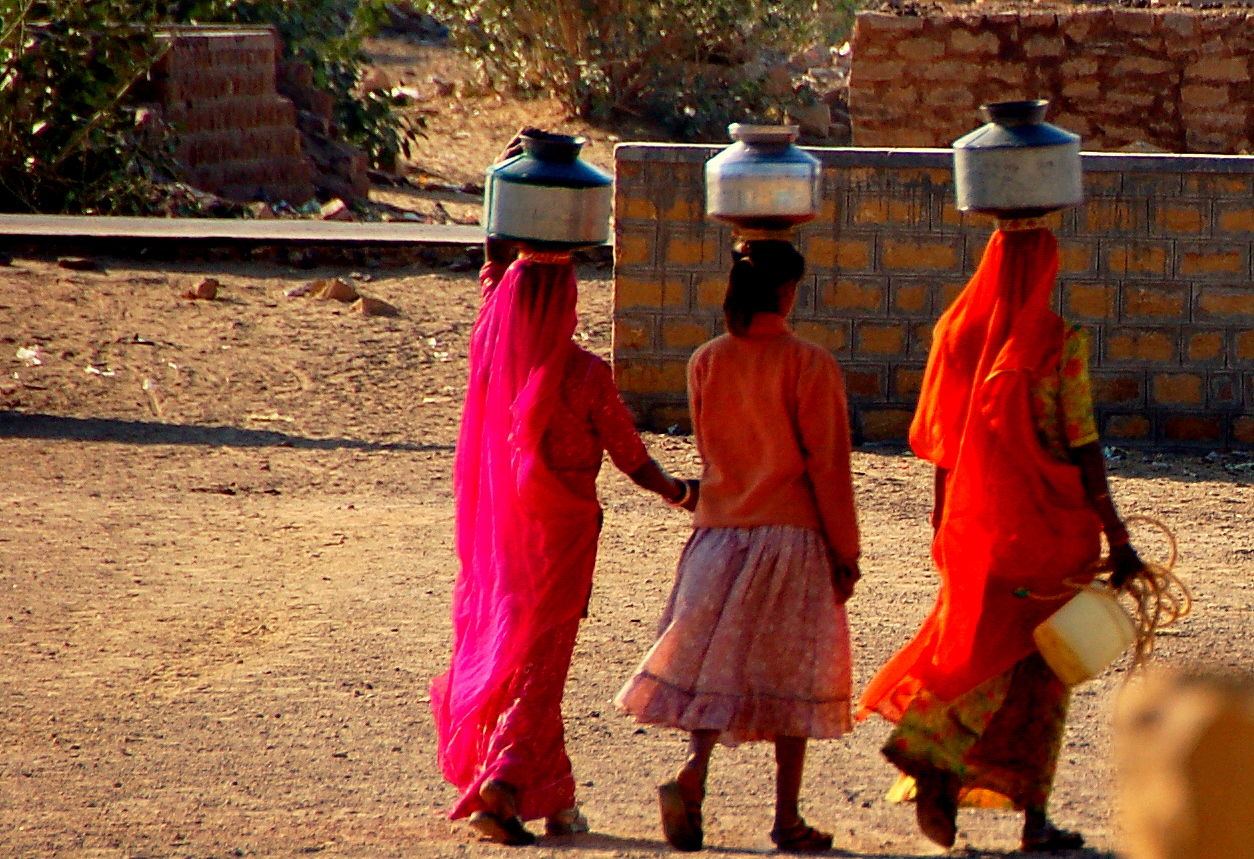
Picture for representation only. Source: Stephen Wilson/Flickr
Artibai Valmiki, a woman from Batiyagarh village in Madhya Pradesh, reported that 500 people in the village were living without a proper source of water since 15 years. They had walk for about two kilometres each day to fetch water and complaints to the officials were not helping.
Once again, Suresh asked his friend Parikipandla Narahari, who is the District Collector of Gwalior, to help him out. He instantly called the Collector of Damoh district and reported the issue. Suresh later came to know that the Collector had initiated the process and was sending his team to work on giving the villagers a source of water.
“We don’t hear anything about rural places like these – forget about the day to day issues of people there, we don’t even get to know about the kind of life they lead. CGNet Swara is trying to bring out social issues from those areas with the help of technology. Those tribal people first reach out to the authorities and when nothing works out, they report it to CGNet. We spend so much time on social media, going through Facebook and other platforms. Can’t we spend just five minutes of that time to help these people? I felt so ashamed that we have all these facilities and yet we cannot spend some time to help people in need,” concludes Suresh.
Like this story? Or have something to share? Write to us: [email protected], or connect with us on Facebook and Twitter (@thebetterindia).
If you found our stories insightful, informative, or even just enjoyable, we invite you to consider making a voluntary payment to support the work we do at The Better India. Your contribution helps us continue producing quality content that educates, inspires, and drives positive change.
Choose one of the payment options below for your contribution-
By paying for the stories you value, you directly contribute to sustaining our efforts focused on making a difference in the world. Together, let’s ensure that impactful stories continue to be told and shared, enriching lives and communities alike.
Thank you for your support. Here are some frequently asked questions you might find helpful to know why you are contributing?


This story made me
-
97
-
121
-
89
-
167











